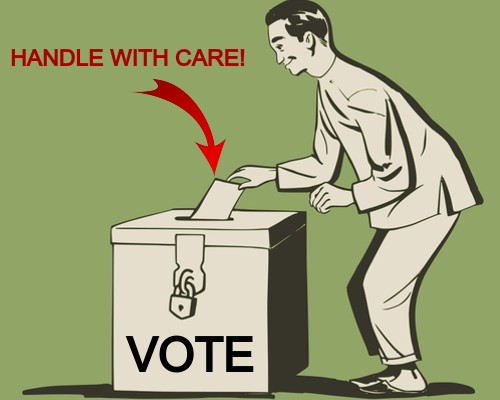“The student loan crisis,” Sabrina Cereceres writes at The Nation, “is a national emergency, and the time to act is now.”
Cereceres makes a good case that the student debt situation in the United States is indeed a crisis. “Crisis” is defined in the 1913 edition of Webster’s Dictionary as the decisive moment or turning point in a matter. Things will go one way, or they’ll go another.
A lot of people (around 40 million) owe a lot of money (close to $2 trillion) on student loans. Those loans will be repaid, or they won’t be. The numbers are big enough and intractable enough that the resolving them clearly involves mass penury, some kind of forgiveness scheme, or a combination of both.
It is not, however, an emergency.
Back to good ol’ Webster‘s: An “emergency” is a “sudden or unexpected appearance; an unforeseen occurrence; a sudden occasion.”
The student debt crisis has been brewing for decades, so it’s far from “sudden.”
Nor was the crisis “unforeseen” by anyone who bothered to pay attention.
In 1965, when the current system of government-guaranteed student loans became law (after eight years of a less universal system), fewer than six million students enrolled in college. Last year, that number was nearly 18 million.
Yes, population has doubled — but enrollment has tripled, even though the US population is getting older and birthrates are down (that is, there are fewer young people graduating from high school).
Why? Because the government made it easy to borrow money for college, while creating a culture of “you really have to do this” around getting a degree instead of taking a job that a high school education prepared one for.
Over that time, the costs of going to college have far out-paced inflation.
Why? Because when demand rises versus supply, prices go up — especially when the government guarantees payment.
And why is a college degree no longer a guarantee of big bucks in the job market? Because when supply rises versus demand, prices (in this case wages) go down, or at least stagnate.
When every 18-year-old in the country gets hectored relentlessly to go to college, more are going to do so — especially when Uncle Sugar’s standing there pretending to be a financially helpful friend.
And when that now-22-year-old’s bachelor’s degree nets him or her a job tending bar or managing a convenience store instead of a tenured faculty position or a gig designing spaceships, repayment can be difficult.
Anyone who didn’t see this crisis coming wasn’t looking. It’s no more an “emergency” than the sun rising in the east and setting in the west.
My own two-part recommendation on how to handle this entirely predictable, non-emergency, crisis:
First, make student loans eligible for discharge in bankruptcy. They’re far more appropriate for that avenue than a lot of other bad situations people find themselves in.
Second, get government out of the student loan business specifically and the education business in general.
But yes, SOMETHING has to be done. And something surely will be done.
Thomas L. Knapp (Twitter:@thomaslknapp) is director and senior news analyst at the William Lloyd Garrison Center for Libertarian Advocacy Journalism (thegarrisoncenter.org). He lives and works in north central Florida.
PUBLICATION/CITATION HISTORY



